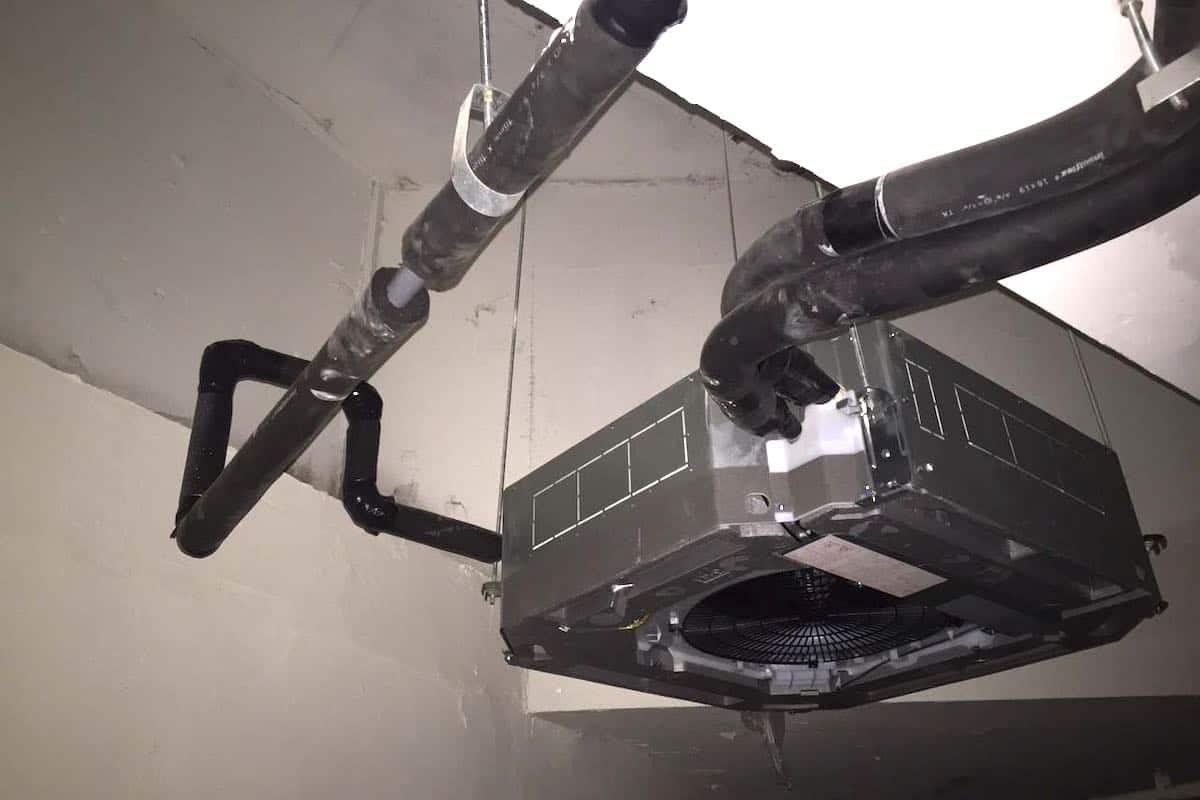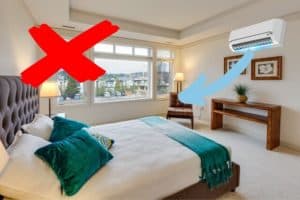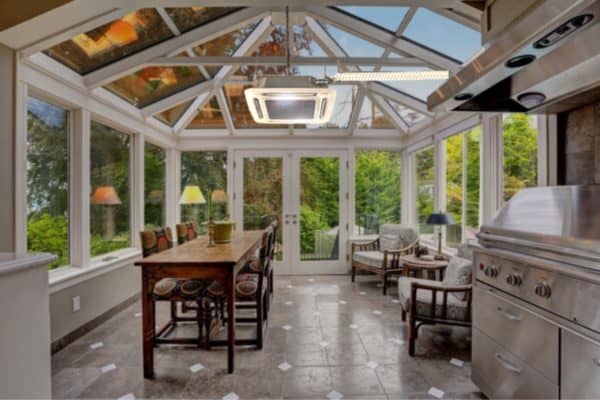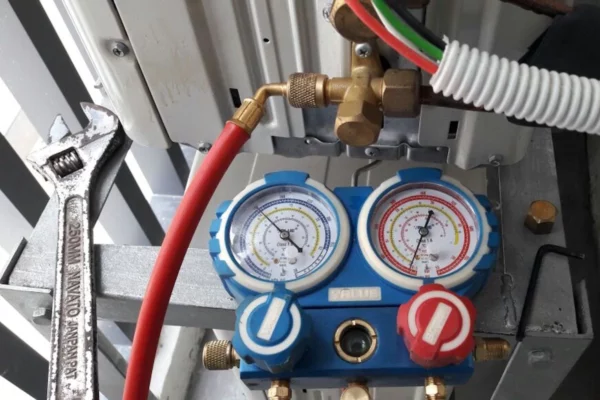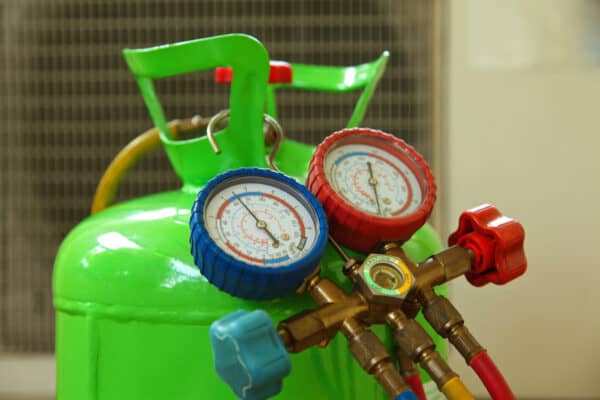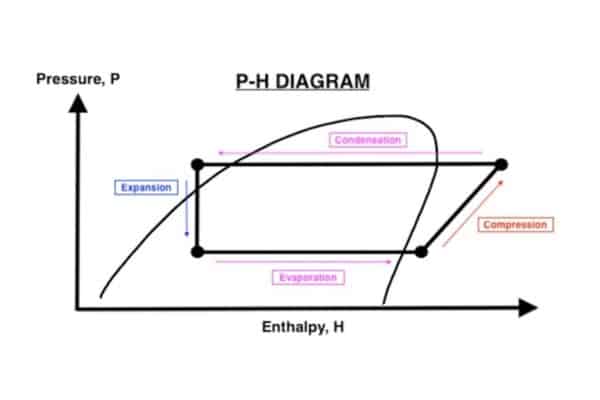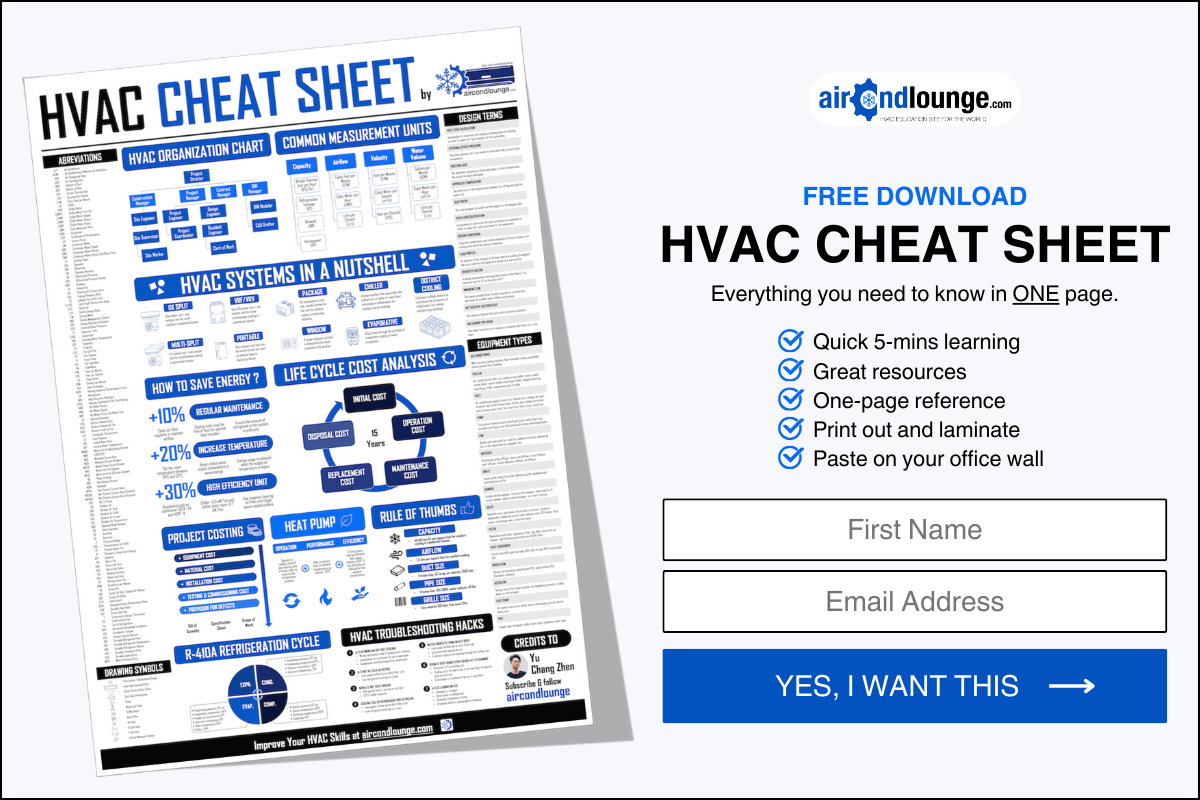Air Conditioner Condensate Drain Pipe Installation Basics
Improper air conditioner condensate drain pipe installation will lead to water leaking problems especially when the drain pipe is concealed. Not only do we need sufficient gradient, insulations and other aspects are also important.
Air conditioner condensate drain pipe can be installed in two ways; a) exposed, and b) concealed. Most of the drain pipes are not concealed. They are hanged above the ceiling or run along the wall exposed.
For concealed drain pipes, they can be installed inside the concrete floor and inside the brick wall. Concealed drain pipes offer a better interior which is normally practiced in luxury places such as mansions, condominiums, hotels and high-end offices.
Exposed drain pipes are more common in residential houses since they are cheaper, easier to install and have a lesser risk of failure.
The most common type of air conditioner is the wall-mounted type. The condensate drain pipe for the wall-mounted type air conditioner is very simple. But, make sure the drain pipe is always lower than the air conditioning unit.
Gradient
Condensate trap and raising of the drain pipe are not required for the wall-mounted type. For all drain pipes, make sure to have at least 1/100 or 1% gradient for smooth flow of water.
For such a gradient, the drain pipe slope can be easily noticed with naked eyes.
However, the industrial used 1/4″ per foot as a standard for any pipes size below 3 inches that use gravity flow. Such a standard is equivalent to a gradient of 1/48 or nearly 2%.
Insulation
As for the insulation of the drain pipe, 3/8″ thick closed-cell insulations are usually sufficient to prevent condensation. If your drain pipe is exposed to high temperatures (more than 30°C), you should use 1/2″ thickness instead.
For concealed drain pipes, the wall and the concrete floor act as insulation and thus, you don’t need to have insulations for the drain pipes that are concealing inside the wall/floor.
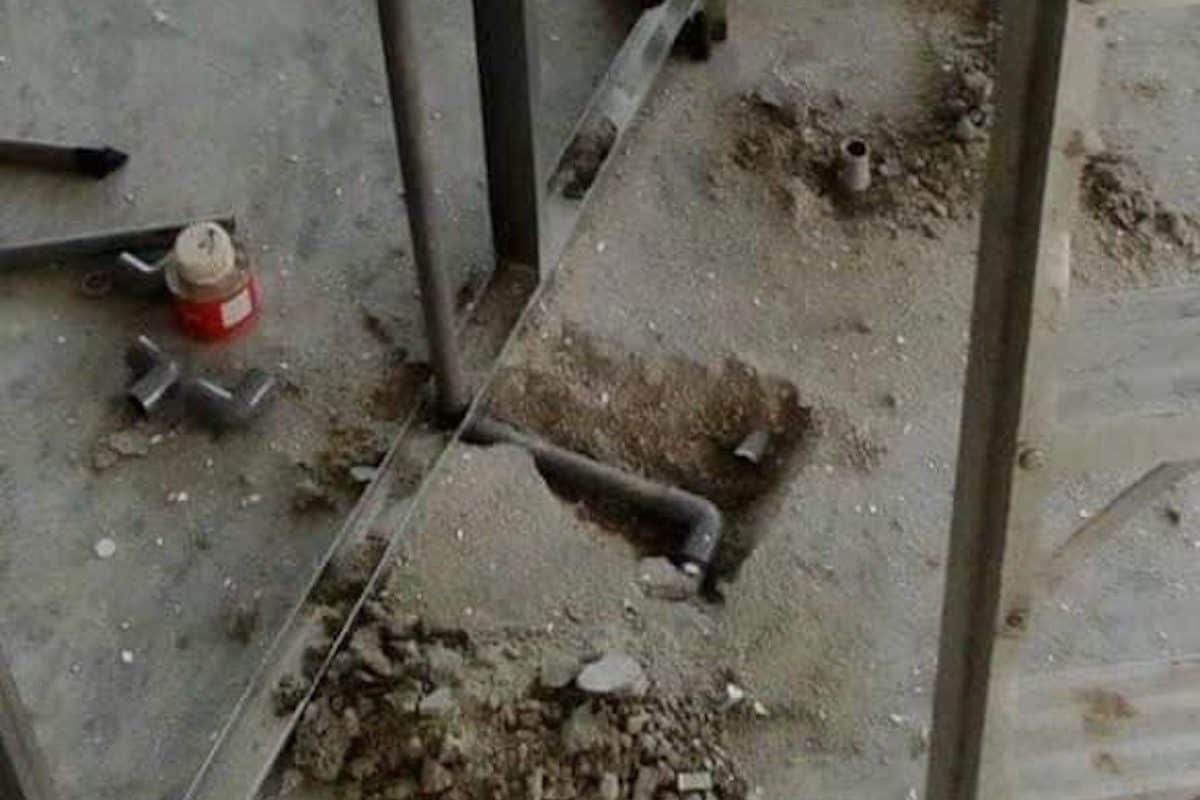
The insulation must cover all of the drain pipe (except the concealed sections) including joints and the connection at the air conditioning unit. Any left-out pipe surface will potentially cause condensation.
By the way, if you want to learn more about mini split especially how to design it for your house, consider my Mini Split (eBook). You’ll learn what is Mini Split, how to choose and more importantly, spark more design ideas to improve the energy efficient of your house. But, if you need a second opinion or want someone to help you design, then you can consider my consultation service.
Consultation Service
Ask me for HVAC advice such as brand selection, best model, benefits, features, placement, duct size, grille size, how to design, design check, verification and other HVAC related queries.
Supports and Accessories
The drain pipe should be supported with galvanized steel hanger at about 3-4 ft intervals to prevent sagging which will allow the formation of slimes at a faster rate and eventually clog the drain line.
Generally, it is better to put support near the pipe elbow.
If you are concealing the drain pipe and discharging it to a floor trap, make sure to use a proper adaptor at the outlet to joint the drain pipe and the plumbing downpipe properly to prevent the condensate water from sipping into the concrete floor.
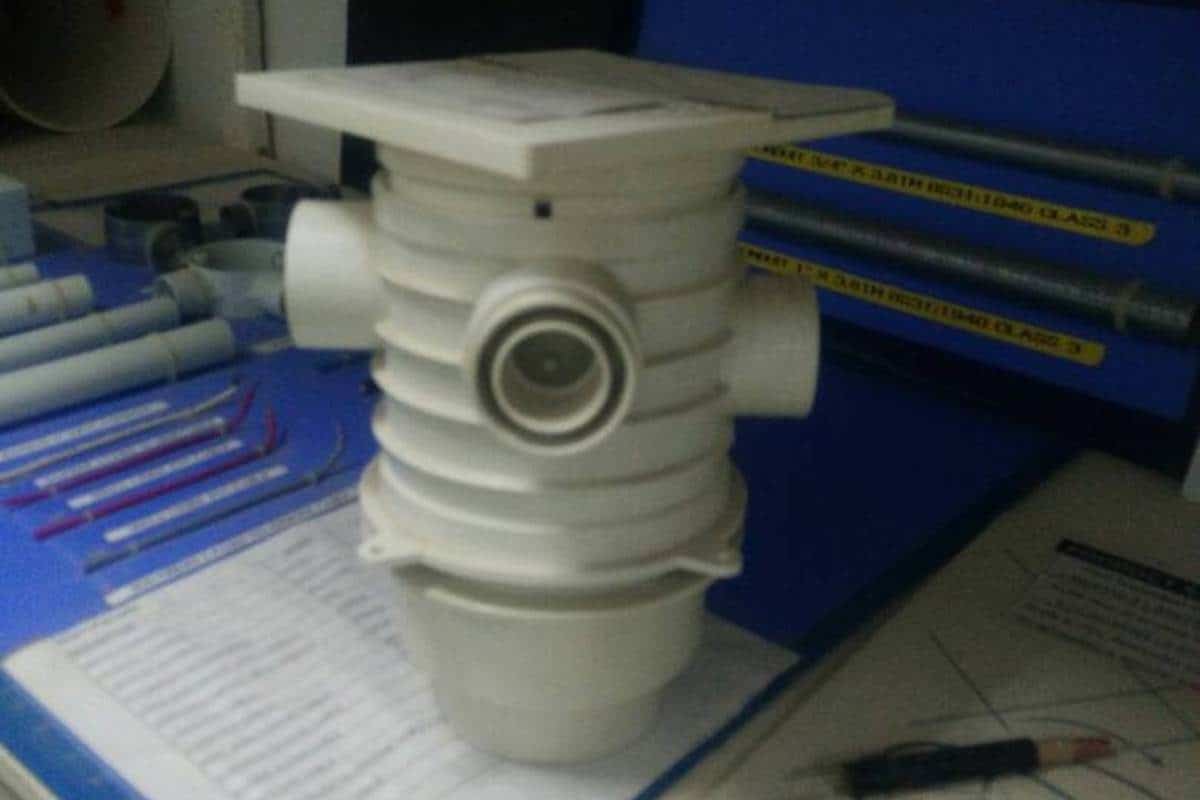
Furthermore, you must protrude the drain pipe about 1 inch into the plumbing pipe to prevent the condensate water from dripping back into the concrete floor.
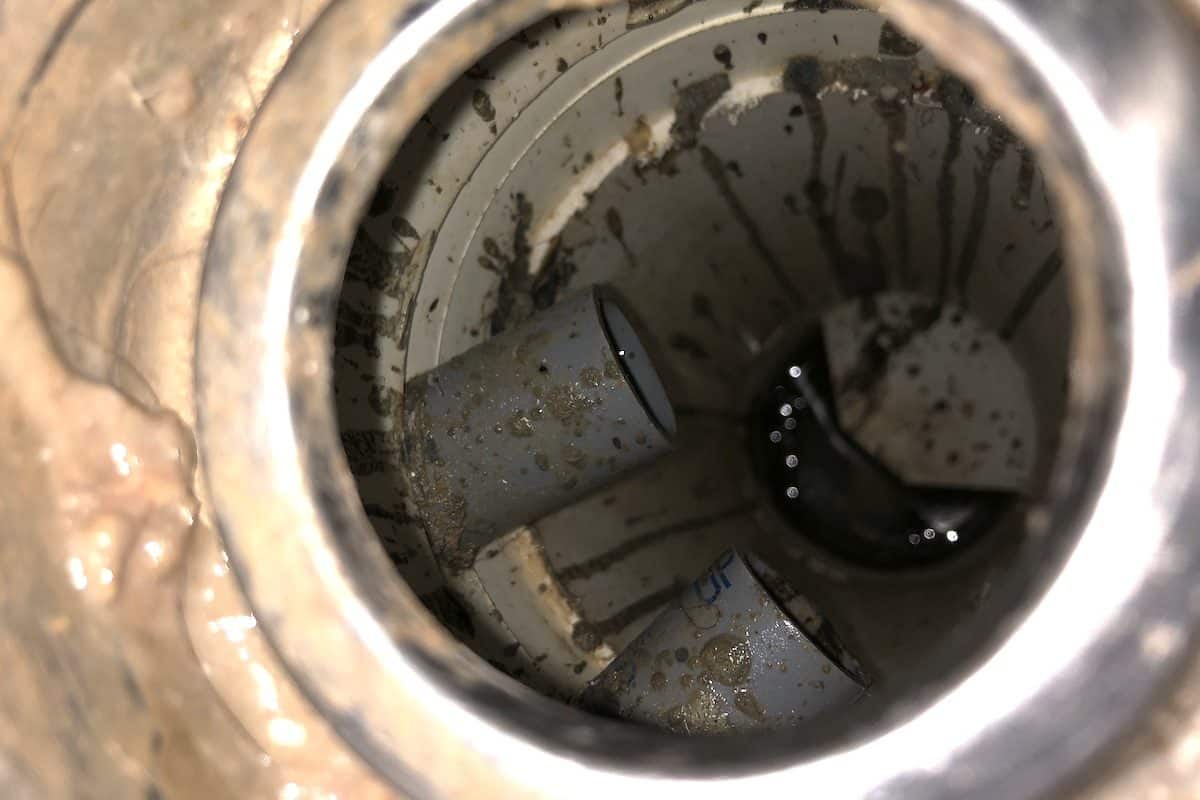
When I first started working, I didn’t know about the drain pipe adaptor. We simply poke a hole on the plumbing pipe, insert the drain pipe into it and call it a day.
Consequently, we end up with many defects where condensate water sips back into the concrete floor. It took us a few weeks to rectify all of them.
So, make sure you don’t repeat my mistakes.
However, you may use a simple reducing tee and it’ll do the job too.
Condensate U-Trap
The condensate drain pipe installation for ducted air conditioners is different from the wall-mounted type. The drain pipe of ducted air conditioners must have a condensate trap to prevent the air conditioners from exposing to the open-ended drain pipe which creates a suction that prevents the condensate water from discharging.
Ducted air conditioners usually have a strong suction due to their high airflow. Without a condensate trap, the condensate water will not flow into the drain pipe but overflow at the air conditioner.
Some people put a secondary drain pan under their ducted air conditioners to reduce the risk of getting their ceiling destroyed by the leaking condensate water.
If you wish to do the same, you can use one drain pipe for both the secondary drain pan and the air conditioner.
When it comes to the drain pipe for ceiling cassette air conditioners, you need to raise the drain pipe as per the manufacturer’s instruction stated in the user manual to reduce the noise of the drain pump inside the cassette unit itself.
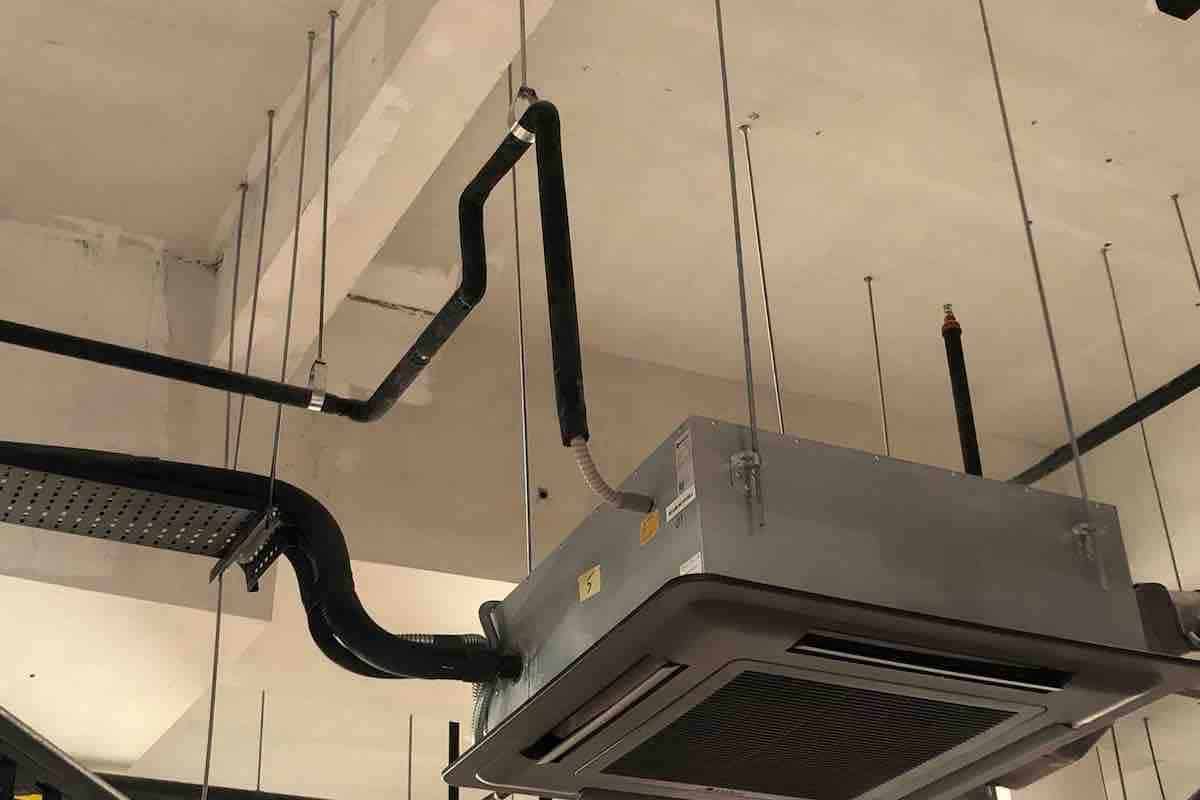
However, you can drop back half of the vertical pipe length after the raise so that your ceiling can be higher or the drain pipe can travel longer while maintaining a good slope.
All drain pipes can be joined together as long as they are sized appropriately.
Good Installation Practices
As a general rule, we should avoid having too many bends when installing the drain pipe. Each bend is resistant that will increase the chances of water stagnation which will accelerate the formation of slimes that will eventually clog the drain pipe.
For exposed drain pipes, class D PVC pipes are usually used. As for concealed drain pipes, you need to use class E PVC pipes that have a thicker wall to withstand the harsher condition especially during the casting of the concrete floor.
If the drain pipe is penetrating through walls, make sure to install a pipe sleeve that is 1-2 sizes bigger than the drain pipe to prevent the drain pipe from cracking due to the wall movement/compression after some time.
Yes, brick walls and concrete walls can move around on small scale due to thermal expansion/contraction and others.
Flow Test and Leak Test
Most of the time, a basic flow test is sufficient to check if the drain pipe is installed properly and it can drain water properly. You just need to pour water at the inlet to see if the water flow is good. Pour slowly to mimic the condensate water flow rate.
However, for concealed drain pipe, I would advise doing a leak test by sealing the outlet and fill the drain pipe with water for 24 hours to check if there is any leakage.
Concealed drain pipes are difficult to detect water leakages. However, you can use a moisture detector to find the leak inside the wall/floor. Keep in mind that you do not need an expensive one since the drain pipe is not embedded deep inside the wall/floor.
Conclusion
Air conditioner condensate drain pipes must have at least 1/100 or 1% gradient. Most of the time, 3/8″ thick closed-cell insulations are sufficient but you may opt for 1/2″ thickness if the drain pipe is exposed to temperatures above 30°C.
The drain pipe should be supported with galvanized steel hanger at about 3-4 ft intervals and it is generally better to support the pipe elbow.
If you are concealing the drain pipe, make sure to use a proper socket adaptor and protrude the drain pipe about 1 inch into the plumbing pipe to prevent the condensate water from dripping back into the concrete floor.
Always install a condensate trap for ducted air conditioners and raise the drain pipe according to the manufacturer’s instruction if you are installing ceiling cassette air conditioners.
All drain pipes can be joined together as long as they are sized appropriately but avoid having too many bends.
Exposed drain pipes should use class D PVC pipes and concealed drain pipes should use thicker class E PVC pipes.
Do a basic flow test after the installation to make sure the water can flow smoothly. In addition, you may do a leak test by sealing the outlet and fill the drain pipe with water for 24 hours to check if there is any leakage, especially if your drain pipe is concealed.
Check out my post AC Leaking Water: Symptoms, Causes, Fix & Prevention to understand all of the water leaking issues so that you are aware of them and take actions to prevent them from happening.
Lastly, consider my Mini Split (eBook) if you want to know how can you use Mini Split in your house. If you still have doubt or not feeling confident enough, feel free to consult me.
Consultation Service
Ask me for HVAC advice such as brand selection, best model, benefits, features, placement, duct size, grille size, how to design, design check, verification and other HVAC related queries.
If you have anything to add (or ask) about this topic, leave a comment down below!


